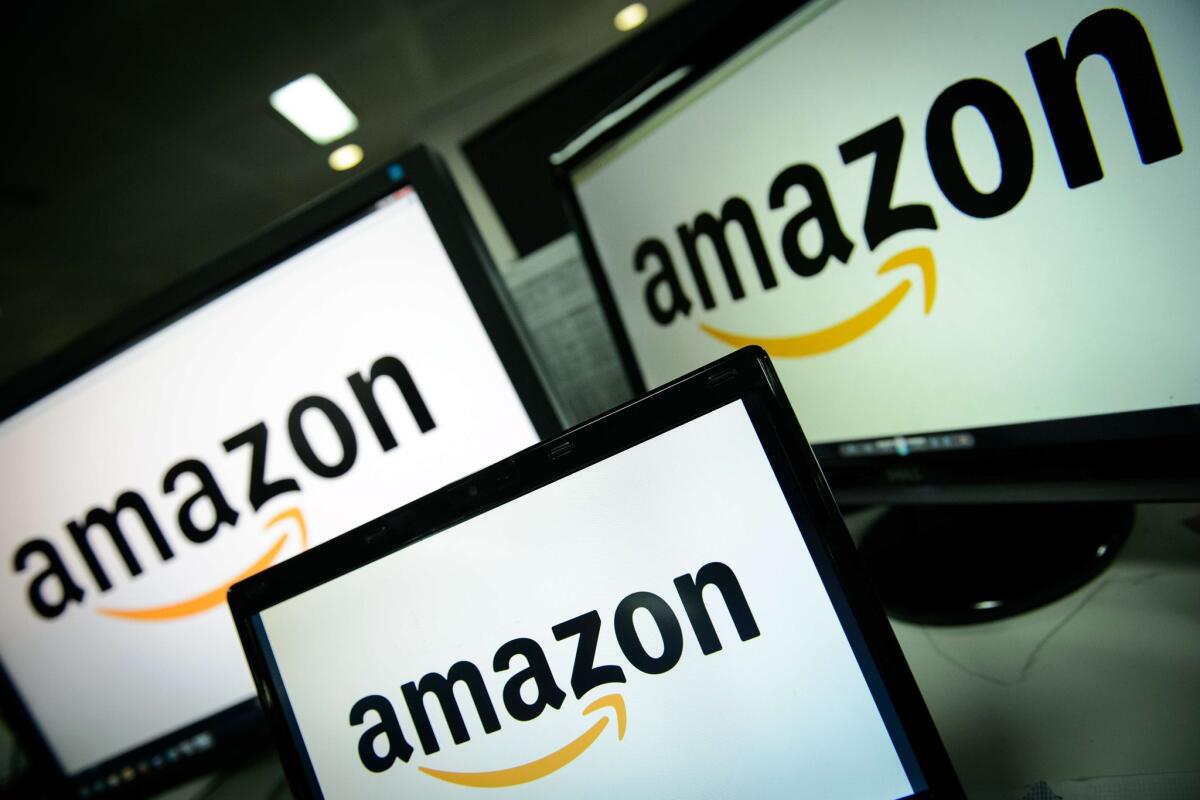Industry disruption: Winners and losers in 2015

- Share via
Think major industries have been disrupted a lot already? Just wait.
A new report makes the case that 2015 promises to be the year that long-developing trends and already existing technologies finally upend conventional ways of doing business, posing threats to powerhouse brands like DirecTV and Coca-Cola.
New York market research firm S&P Capital IQ said that unusually momentous changes in technology and consumer behavior, among other things, could contribute to a turbulent year in the U.S. economy, one that will produce as many winners as losers.
In media, for instance, a critical mass of consumers has begun to opt out of typical pay TV subscriptions in favor of cheaper, so-called over-the-top alternatives from Netflix Inc., Amazon.com Inc., Hulu and others.
The consumer shift to a la carte offerings from the usual bundled subscription packages could force major changes in the U.S. television industry and put at risk nearly $200 billion in aggregate pay TV subscription and ad revenues, S&P said.
“The big disruptors are going to be the things that change the way people live,” said Michael G. Thompson, an S&P managing director who oversaw the report. “A few years from now people will say, ‘Do you remember when you had to go and watch whatever they had on?’”
Winners in the scenario will be companies that have already begun to adapt to the shift.
Time Warner Inc.’s HBO, Walt Disney Co.’s ESPN and CBS Corp. are among the conventional mainstream outlets that recently announced plans for new stand-alone offerings through Internet streaming. Similar offerings are planned by Dish Network Corp., Verizon Communications Inc., Sony Corp. and others.
S&P said possible losers are those that have been slower to move away from existing models. Among them: Cablevision Systems Corp., Charter Communications Inc. and DirecTV.
Similar shifts in consumer tastes are coming to the tech business, but in this case, the shifts tend to bolster already-strong players.
S&P said it expects 2015 to be the year wearable technology moves from a curiosity to mass-market products. About 20 million wearable products will be purchased this year, S&P said, and the number should more than double next year and double again in 2016.
Leading the way, it said, will be Apple Inc.’s Apple Watch, which is expected to be released sometime in the spring. Industry watchers believe the watch will include an array of health and fitness functions.
Thompson said the product has the potential not just to transform the wearables market but to alter consumer behavior in ways that will affect a broad range of industries, particularly food.
“It’s about knowing yourself and how you react to the environment,” he said. “With useful information readily available, people will adapt their behavior. Apple is one of the few companies that can really do it.”
Technological advances will combine with demographic shifts to transform the food business, S&P said.
Aging baby boomers, along with their younger cohorts, have been pushing a drive toward more health-conscious production methods, turning once niche players into national brands and forcing old-line agribusinesses to adapt.
Grocery sales have been shifting toward so-called perimeter-of-store categories -- mostly perishables found near the entrance of stores and at the end of aisles -- at the expense of canned and preserved foods usually found in the middle of the store.
The demand for organic goods is increasing at a double-digit pace -- it was a $35 billion business in 2013 -- while the broader natural products industry, about $150 billion in 2013, is growing at more than 8%, the report said.
Along with fast-growing health-food producers, like tea maker Hain Celestial Group Inc., the trend is producing surprising winners, including Tyson Foods Inc. and Hormel Foods Corp., and mega-retailers such as Kroger Co. and Wal-Mart Stores Inc., all of which have begun to adapt their offerings toward health-conscious consumers, S&P said.
Losers in the scenario will likely be prepared-food makers, including Campbell Soup, General Mills Inc., Coca-Cola Co. and PepsiCo Inc, as well as, paradoxically, Whole Foods Market Inc., which will find its dominance in the healthy and organic foods market under new competitive pressure.
“There’s a premium associated with this stuff,” Thompson said. “These could be challenges, but they could also be opportunities.”
Twitter: @deanstarkman
More to Read
Inside the business of entertainment
The Wide Shot brings you news, analysis and insights on everything from streaming wars to production — and what it all means for the future.
You may occasionally receive promotional content from the Los Angeles Times.











